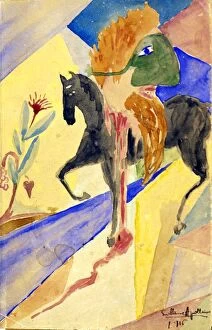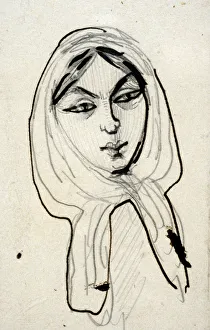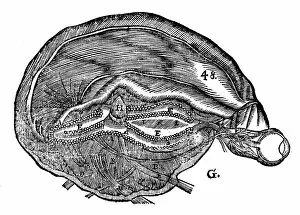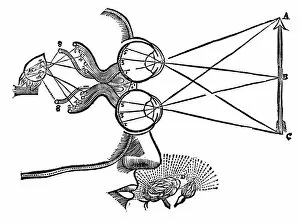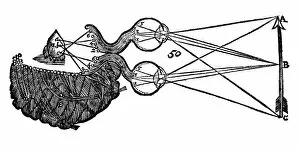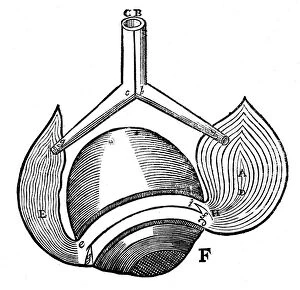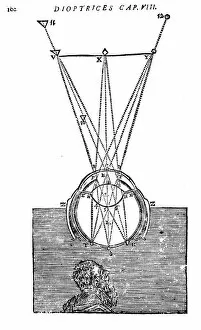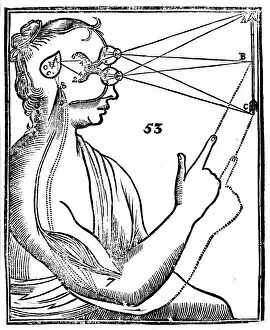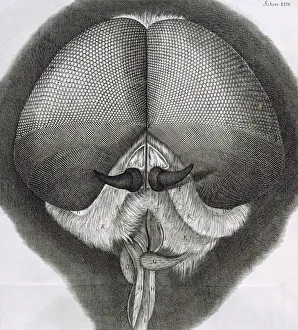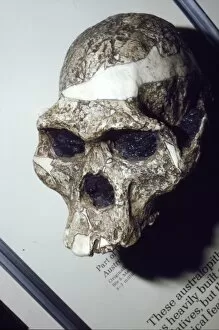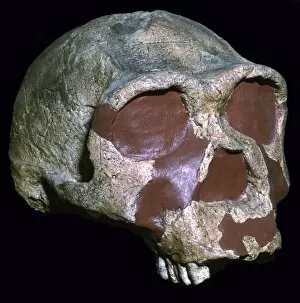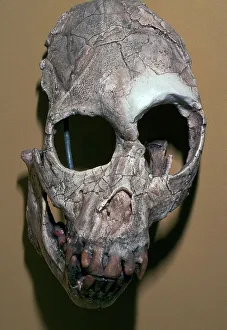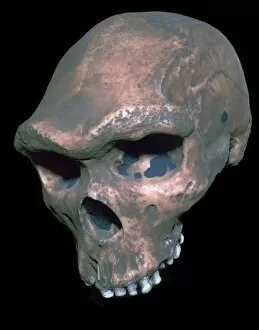Eyes Collection (page 100)
"Through the Looking Glass: Exploring the Mysteries of Eyes" Delving into the intricate world of vision
All Professionally Made to Order for Quick Shipping
"Through the Looking Glass: Exploring the Mysteries of Eyes" Delving into the intricate world of vision, a histological diagram of a mammalian retina reveals the wonders hidden within our eyes. Transporting us back in time, a vintage Yardley advertisement from 1962 captures the allure and beauty that lies within our gaze. The stage is set as John Martyn captivates his audience in concert, his eyes reflecting passion and emotion amidst the picturesque backdrop of St Ives, Cornwall. Unveiling secrets beyond ordinary perception, Madame Helena Blavatsky's enigmatic eyes hold ancient wisdom and mysticism that transcend reality itself. Curiosity awakens as we encounter a dormouse with its beady black eyes peering through nature's veil, reminding us of the enchantment found even in small creatures. A majestic Ragdoll cat strikes a pose in studio lighting, its mesmerizing blue eyes captivating all who dare to look into their depths. Heart-wrenching sadness fills our hearts as we witness a Border Collie resting its head on a heart cushion, its soulful brown eyes conveying emotions words fail to express. H. P Lovecraft's eerie tales intertwine with extraterrestrial beings as we ponder if there are unseen forces lurking behind those piercing alien-like eyes he envisioned in 1936. A ten-week-old Miniature Schnauzer puppy finds comfort lying on towels digitally manipulated from peach to purple hues - an adorable sight that warms both heart and soul. Playfulness ensues as a mischievous kitten discovers joy inside a Maltesers cardboard box while her bright green eyes sparkle with innocent delight. Peering through an electron microscope lens at magnification x30 reveals astonishing details of a praying mantis' compound eye structure - nature's masterpiece unveiled before our very own eyes.




